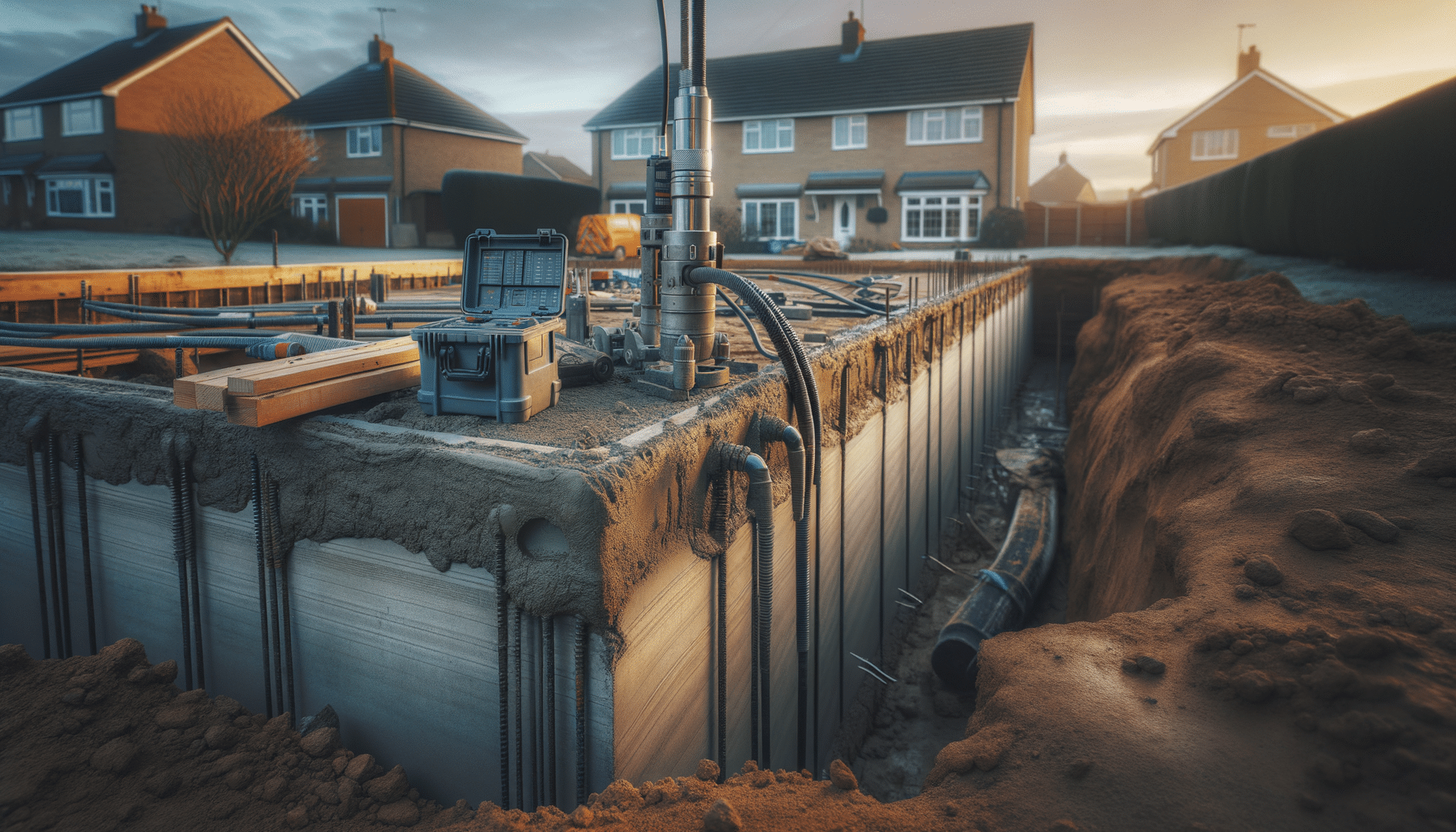
Learn About Roofing Jobs
Introduction to Roofing Jobs
Roofing jobs play a crucial role in the construction and maintenance of buildings. They provide essential protection from the elements, ensuring that structures remain safe and functional. With a wide array of materials and techniques available, roofing is a specialized field that requires skill and expertise. Understanding the nuances of a roofing job can help homeowners make informed decisions about their roofing needs. This article delves into various aspects of roofing jobs, from materials and techniques to maintenance and safety considerations.
Types of Roofing Materials
One of the most critical decisions in a roofing job is selecting the appropriate material. Each type of roofing material offers unique benefits and challenges, depending on the building’s location, climate, and architectural style. Some of the most commonly used roofing materials include:
- Asphalt Shingles: Known for their affordability and ease of installation, asphalt shingles are a popular choice among homeowners. They offer a variety of colors and styles, making them versatile for different aesthetics.
- Metal Roofing: Metal roofs are renowned for their durability and longevity. They are resistant to harsh weather conditions and require minimal maintenance, making them an excellent option for longevity.
- Clay and Concrete Tiles: These materials are favored for their classic appearance and durability. They are particularly suitable for areas with hot climates, as they provide excellent insulation.
- Slate Roofing: Offering a sophisticated and timeless look, slate roofing is highly durable and can last for decades. However, it is one of the more expensive options and requires professional installation.
- Wood Shingles and Shakes: These materials provide a natural and rustic appearance. They are suitable for specific architectural styles but require regular maintenance to prevent decay.
Choosing the right material for a roofing job involves considering factors such as budget, climate, and desired aesthetics. Consulting with a professional can help ensure that the material chosen aligns with the building’s needs and the homeowner’s preferences.
Roofing Techniques and Installation
The installation process is a critical aspect of any roofing job. Proper installation ensures the roof’s durability and effectiveness in protecting the building. Different materials require specific techniques, and understanding these can help in planning a roofing project effectively.
For instance, asphalt shingles are typically installed using a staggered pattern to ensure water resistance. Metal roofing, on the other hand, involves securing large panels with specialized fasteners. The installation of clay and concrete tiles requires careful alignment and spacing to accommodate thermal expansion and contraction.
Professional roofers employ various techniques to enhance the roof’s performance. These include:
- Proper Ventilation: Ensuring adequate ventilation prevents moisture buildup and extends the roof’s lifespan.
- Underlayment Installation: Placing a protective layer beneath the roofing material adds an extra barrier against water infiltration.
- Flashing Installation: Installing metal flashing around roof penetrations and edges helps prevent leaks.
A successful roofing job relies on skilled craftsmanship and attention to detail. Hiring experienced professionals ensures that the installation is done correctly, minimizing the risk of future issues.
Maintenance and Repair Considerations
Regular maintenance is vital for prolonging the life of a roof and preventing costly repairs. Homeowners should be proactive in monitoring their roofs for signs of wear and damage. Common maintenance tasks include:
- Inspecting for Damage: Regularly checking for missing or damaged shingles, tiles, or panels can help identify potential issues early.
- Cleaning Gutters and Downspouts: Keeping these components clear of debris ensures proper water drainage and prevents water damage.
- Removing Moss and Algae: Growths can retain moisture and cause deterioration. Cleaning them off helps maintain the roof’s integrity.
When repairs are needed, addressing them promptly can prevent further damage. Common repair needs include fixing leaks, replacing damaged materials, and sealing gaps. Engaging professional services for repairs ensures that the job is done correctly and safely.
Safety Considerations in Roofing Jobs
Roofing jobs involve significant risks, and safety should always be a priority. Professional roofers follow strict safety protocols to minimize the risk of accidents and injuries. Key safety considerations include:
- Using Proper Equipment: Safety harnesses, helmets, and non-slip footwear are essential for preventing falls and injuries.
- Weather Conditions: Working in adverse weather, such as rain or high winds, increases the risk of accidents. Jobs should be scheduled during favorable conditions.
- Training and Experience: Experienced roofers are trained to handle tools and materials safely, reducing the likelihood of mishaps.
- Site Preparation: Ensuring that the work area is clear of obstacles and hazards helps prevent accidents.
Homeowners should prioritize hiring professionals who adhere to safety standards and have the necessary training. This not only ensures the safety of the workers but also the quality of the roofing job.
Conclusion: Understanding Roofing Jobs
Roofing jobs are a vital aspect of building maintenance and construction. From selecting the right materials to ensuring proper installation and maintenance, each step is crucial for the roof’s performance and longevity. By understanding the various components of a roofing job, homeowners can make informed decisions and ensure their roofs provide reliable protection for years to come. Engaging with professional roofers who prioritize quality and safety further enhances the outcome of any roofing project.


